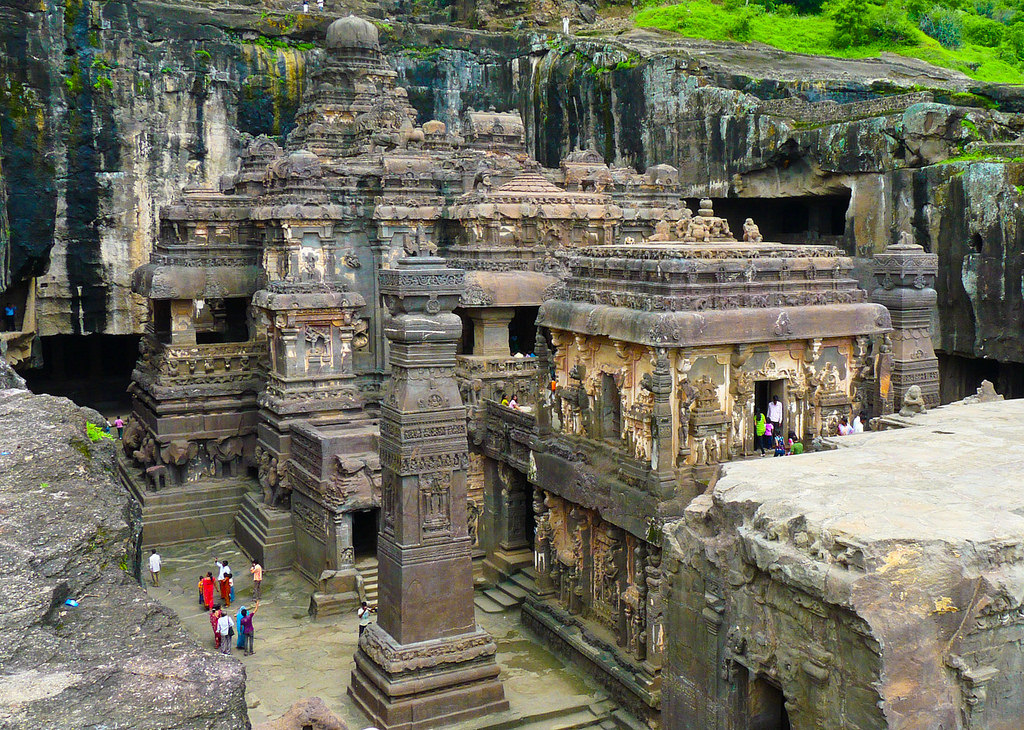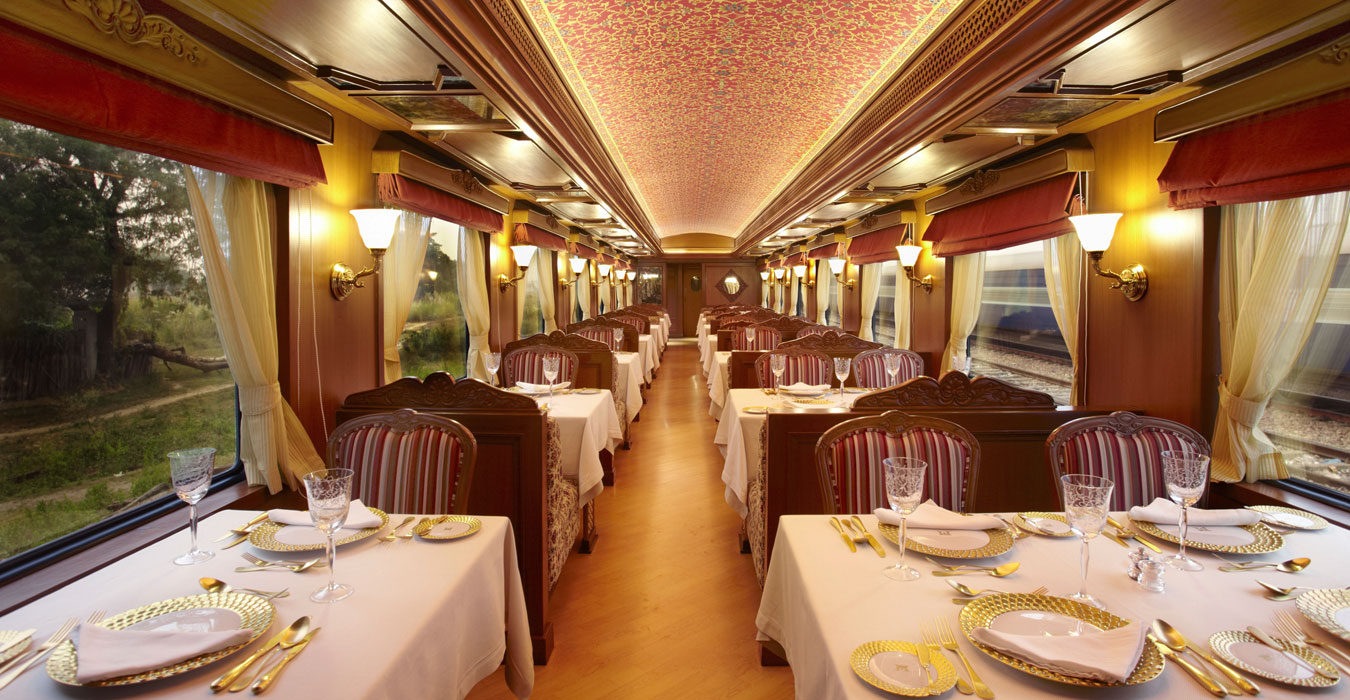The caves of Ajanta and Ellora in Maharashtra are globally recognized for their magnificent rock-cut architecture. Collectively heralded as a UNESCO World Heritage Site, these caves are the highlights of any Ajanta Ellora tour. If ancient architecture amazes you, you should definitely pay a visit to the caves sometime soon.
The Ellora caves comprise of 34 temples and monasteries, all built between the period of 600 C.E. and 1000 C.E. Among them, it is Cave 16 that tends to captivate most. Known popularly as the Kailasa Temple, this cave temple dedicated to Hindu God Lord Shiva displays the very best of rock-cut cave architecture. The spectacular size of the temple often makes it hard for visitors to believe that it was carved out from a single rock. In fact, the Kailasa Temple is the world’s largest rock-cut architectural marvel!
The Origins of Cave 16
The continuous and determined efforts of archaeologists over the years have revealed the origins of the Kailasa Temple. Even though much of the temple’s history still remains unknown, it dates back to the 8th Century, and it is believed that it was constructed under the rule of Krishna I, of the royal Rashtrakuta Dynasty. This extraordinary piece of architecture took almost a century to complete!
Don’t Trust the First Impressions
If you are a tourist who goes by appearances, get ready to be disappointed. The Kailasa Temple might not seem like much at first. But once you delve deep into Cave 16, you would come to know why it’s such a popular destination, and why, as mentioned before, it took such a long time to be completed!
The rock-cut temple was inspired by Mount Kailasa in Tibet, believed to be the sacred abode of Lord Shiva. Beyond the entrance gate, lies a courtyard along with numerous iconic buildings. But none are more iconic than the Nandi Mandapa, the holy shrine of the famous temple. The Mandapa is supported by life-sized elephants and numerous other animals on the second storey, which were also carved out of the same rock.The Shiva temple stands tall over the shrine, as sixteen giant pillars do their bit to keep it in place. Previously, the ceiling of the Nandi Mandapa boasted of a vast variety of paintings, but conservation and restoration efforts have resulted in a fraction of what originally was.
The four levels of the ancient cave temples feature elaborate monolith carvings and there are many fixed sculptures as well. Iconic depictions within the temple walls include the one of Ravana, the 10-headed demon king, who is seen shaking Mount Kailash with his astonishing strength. Such incredible examples of ancient rock-cut architecture at the Kailasa Temple involved the removal of approximately 200,000 tons of rock!
Much of the artwork found within Cave 16 is inspired by ancient Buddhist artistic styles, while the Shiva Temple itself is quite similar to many temples found in modern day South India. Pattadakal’s Virupaksha Temple bears strong resemblance to the Shiva Temple here. It should not come as a surprise however, as the rule of the Rashtrakuta Dynasty during the period of the temple’s construction extended to some parts of modern South India as well.
Once you are done with a tour of the interiors, head to the temple roof, and let the stunning view sink in!
Temple Trivia
- Considering the architects in ancient times did not have anything apart from chisels and hammers to help them with their work, the Kailasa Temple, carved from top to bottom, is a magnificent example of vertical excavation.
- Astonishingly, archaeologists have revealed that only three kinds of chisels were used in the construction of the Kailasa Temple.
- The temple ceiling is the world’s largest in terms of cantilevered rock ceilings; quite an achievement for a temple this old!
How to Reach the Kailasa Temple
The Ellora caves are quite close (approximately 30 km.) to the city of Aurangabad in Maharashtra, district capital of the Aurangabad district. Aurangabad is well connected to all major cities in the state of Maharashtra such as Ahmednagar, Kolhapur, Mumbai, Nashik, Pune, and Satara. Buses and taxis regularly ply the routes between these cities.
If you plan to visit by train, head to the Aurangabad Railway Stations. There are daily direct trains available from the aforementioned major cities in the state.
There is also the option of the Aurangabad airport for those with plans to book flights. The airport is also located in an advantageous location, as it is situated just 15 km. from the Ellora caves. Flights can be booked from other major cities in India.
When to Visit
You could visit the Ellora caves in the monsoons. The rain might be a hindrance, but the surrounding natural beauty really adds to the experience during the rains!
The winter months are also favourable for an Ajanta Ellora tour. Head to the Kailasa Temple in December, and you would also be able to enjoy Ellora’s annual Indian Classical music festival organized by the Maharashtra Tourism Development Corporation.





